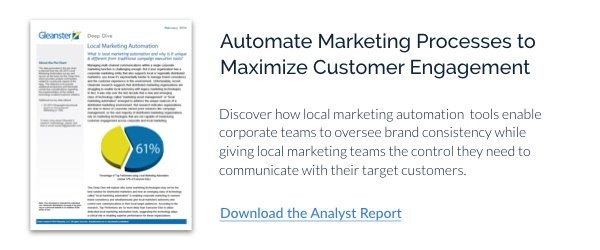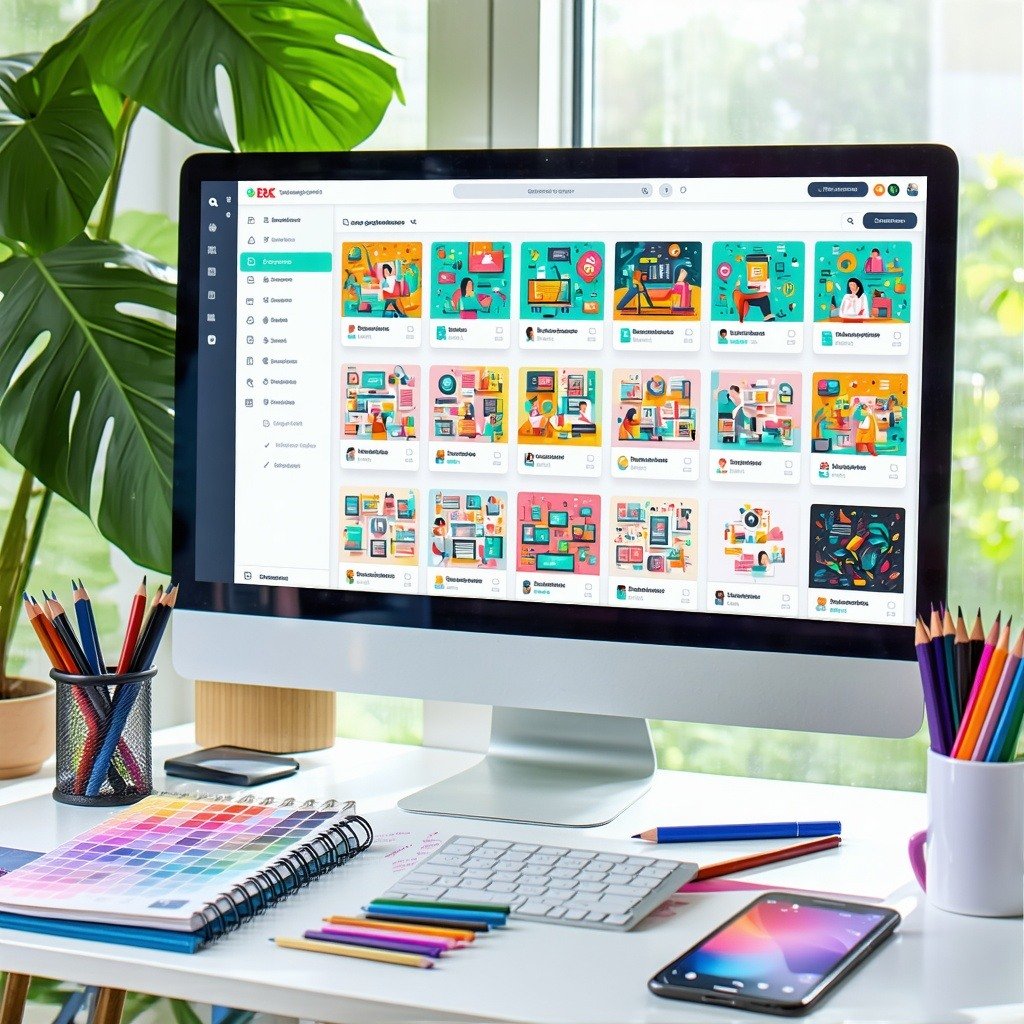
Frederik Vollert is one of the founders of the software localization platform PhraseApp, which helps companies like Stripe, McDonald's and Bosch to automate and optimize their software translation workflows.
We wanted to know what he had learned in his experience working in software localization that could be useful for big, distributed brands with lots of locations. That's why we recently sat down with Frederik to get his expert advice on how brands can localize their marketing content for global audiences. Here's what he had to say:
What are the most common challenges you see multi-location brands face when localizing marketing content?
When brands are looking to translate content at a global scale, one of the major problems they run into is that the overhead of the localization process can dramatically slow down a release. The more languages and people are involved in the process, the more complex the process becomes.
The major concern is that if the localization of content is done wrong it could really hinder a brand's success on an international stage.
When businesses have stores in multiple countries or regions, who in their organizations should be responsible for localizing content?
There are different views on whether translation should be a centralized or a decentralized process in an organization. Personally, I would aim for centralized technological systems and standards like a translation management system, but with local testing and control over the localized content.
Too centralized might go wrong as the message a product or localization conveys always carries cultural connotations. If the brand takes too heavy-handed an approach, this could lead to important subtleties being missed or misused. Local experts should provide necessary feedback to improve the content and depth of localization efforts.
An ideal scenario would be to provide a brand-controlled central repository of marketing content, and then to allow local operators to tailor the messages to their particular markets/tastes. In software localization, PhraseApp is a tool that helps untangle this process by making it transparent, automating communication and localization changes accessible in one central place. For other kinds of marketing content you might want to look at marketing-specific applications, like local marketing automation.
If store managers or franchisees want to create content that is unique to their region/country, how can brands ensure the content they produce is still brand-compliant?
A brand should set the frame and standards that help keep the marketing message clear and all employees in line with the corporate strategy. Creating clear brand messaging rules – like style-guides – is not only necessary for visual, but also for written content. Local store managers should be regularly trained on such a framework to make sure they buy in to the brand's messaging vision.
However, local organizations absolutely need the freedom to change what does not fit the realities of their local markets. This can go far beyond just having access and control over particular translations. Brands need to allow their local operators to provide feedback to about the applicability of the brand guidelines and areas where regional differences might cause problems.
On top of that, local marketers might need to adjust more than just the language in order to effectively communicate in their local market. This could mean they need access to customizable local marketing templates so they can provide translations and also update imagery and design elements for a better local fit.
Localization often has an impact on design, too. How can designers best set up their creative to handle cases where translated content might create unexpected issues with a composition?
For a designer of an international app or at a global brand, the multi-lingual design process can really be a headache. There are helpful rules of thumb that designers can use, like "Give captions written in English a 20% more margin." But there are many different aspects such as writing-direction and interface orientation which can be harder to get around. I've found that layout frameworks such as CSS-Frameworks in the web or the user interface design rules on platforms such as iOS and Android can be a good starting point.
All rules of thumb aside, though, a proper localization can only really be verified by manual testing at the local level. This is why brands need technology to help local operators create translated content that will also preserve the integrity of the designs the brand has created.
What's different when brands are trying to translate content into multiple languages in the same country? How do they need to tackle transcreation in addition to localization?
The magic triangle of cost, quality and time is universal, and it's just as relevant when talking about localization. You can have two – say high quality, very quickly – but odds are you're not gonna get all three exactly how you want.
As marketing becomes ever more targeted and personalized so too does the messaging across channels and product platforms. There are technological and cost-efficiency limits for this, but we see many brands address various localized dialects and different languages within one geographical region. That's where transcreation comes into play – you need to be able to translate the meaning of a message and not just its words.
In software localization we always recommend avoiding ambiguous or colloquial language in order to ease transcreation and reduce the risk of cultural missteps. Of course, this depends on the product and market you're trying to reach. The more transcreation is needed the more local testers should be involved in the content creation process to get the best results.
Once content is translated, what tools can brands use to share that content with the people who need to use it for marketing?
Leverage existing platforms for localization collaboration like PhraseApp. PhraseApp is a translation management platform that reduces friction between software development and localization teams. Often these platforms come with access-management that enables local contributors, but ensures that release-critical processes work as expected such as that the correct format standards are kept.
Once the translated content has been finished, you'll need to integrate it into your marketing platforms. For large brands with many locations, a local marketing automation platform is often the best place for this localized content to live. In these platforms you can quickly and effectively deploy the new content into whatever marketing materials your brand is using – a real time-saver.
How are the world's best brands localizing their marketing messages for global audiences? Download the Local Marketing Automation Deep Dive to find out.





